Foreign Direct Investment
The Poland Construction Market is benefiting from a rise in foreign direct investment (FDI), which is contributing to the growth of the sector. Recent reports indicate that FDI inflows into the construction sector have increased by approximately 25% over the past year, as international companies seek to capitalize on Poland's strategic location and skilled workforce. This influx of capital is expected to stimulate new projects and enhance competition among local firms. Additionally, foreign investors often bring advanced technologies and best practices, which could further elevate the standards within the Poland Construction Market. The ongoing interest from foreign entities suggests a positive outlook for the market's expansion.
Sustainability Initiatives
The Poland Construction Market is increasingly influenced by sustainability initiatives that aim to reduce the environmental impact of construction activities. The government has introduced regulations promoting energy-efficient buildings and sustainable materials, which are becoming essential in new projects. As a result, construction companies are adapting their practices to comply with these regulations, potentially leading to a shift in market dynamics. The adoption of green building certifications is also on the rise, with a reported increase of 15% in certified projects over the last year. This focus on sustainability not only enhances the reputation of construction firms but also aligns with the growing consumer preference for environmentally friendly solutions, thereby driving demand within the Poland Construction Market.
Technological Advancements
The Poland Construction Market is experiencing a transformation driven by technological advancements that enhance efficiency and productivity. The integration of Building Information Modeling (BIM) and other digital tools is becoming increasingly prevalent among construction firms. Recent statistics suggest that companies utilizing these technologies report a 20% reduction in project timelines and a significant decrease in costs. This trend indicates a shift towards more innovative construction practices, which may improve project outcomes and client satisfaction. As technology continues to evolve, construction firms in Poland are likely to invest in new tools and training, positioning themselves competitively within the Poland Construction Market.
Government Investment in Infrastructure
The Poland Construction Market is currently experiencing a surge in government investment aimed at enhancing infrastructure. The Polish government has allocated substantial funds for the development of roads, bridges, and public transport systems, which is expected to reach approximately 30 billion PLN by 2026. This investment is driven by the need to modernize aging infrastructure and improve connectivity across the country. As a result, construction companies are likely to benefit from increased project opportunities, leading to a more robust market environment. Furthermore, the emphasis on public-private partnerships may also stimulate further growth in the Poland Construction Market, as private entities are encouraged to participate in these large-scale projects.
Rising Demand for Residential Construction
The Poland Construction Market is witnessing a notable increase in demand for residential construction, primarily fueled by urbanization and population growth. Recent data indicates that the number of housing units completed in Poland has risen by approximately 10% over the past year, reflecting a growing need for affordable housing solutions. This trend is further supported by favorable mortgage rates and government incentives for first-time homebuyers. Consequently, construction firms are likely to focus on residential projects, which may lead to a diversification of their portfolios. The rising demand for residential construction is expected to play a crucial role in shaping the future landscape of the Poland Construction Market.


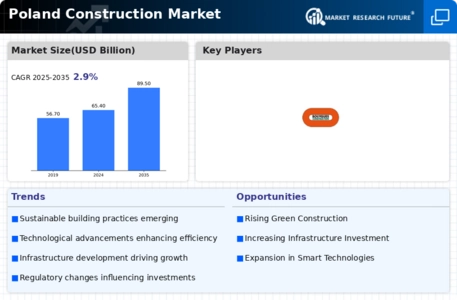
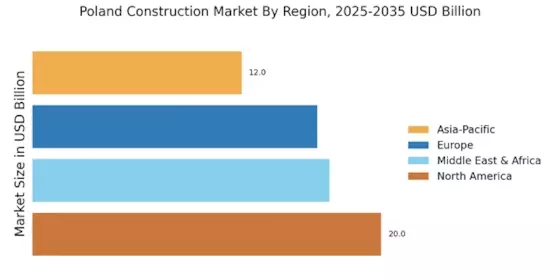

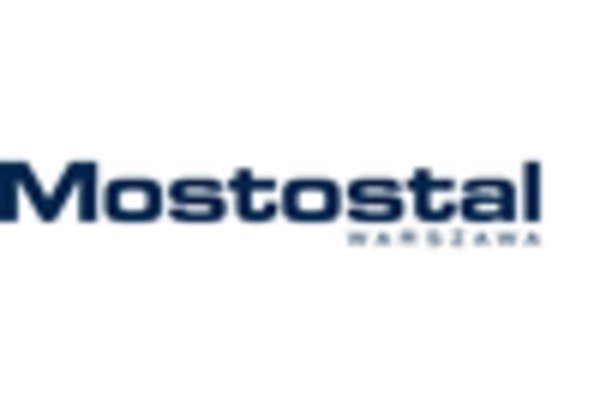
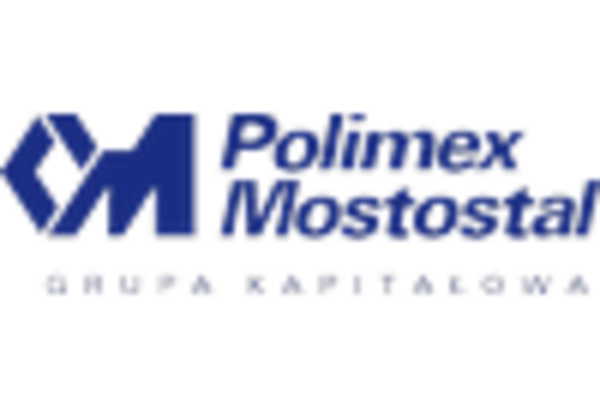
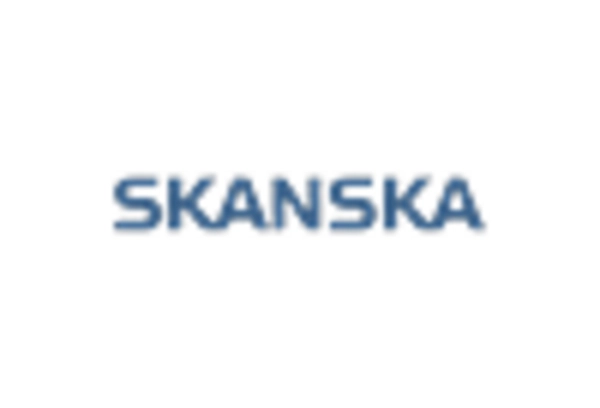
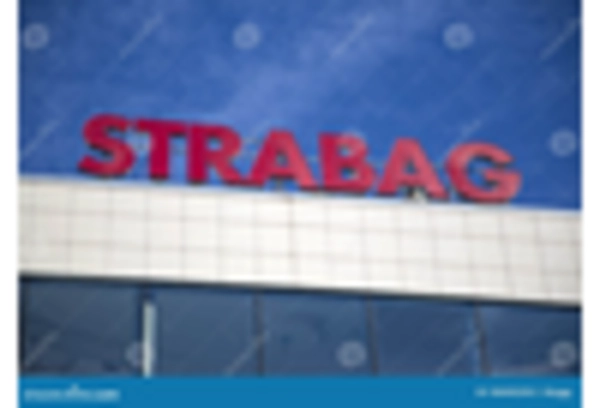









Leave a Comment